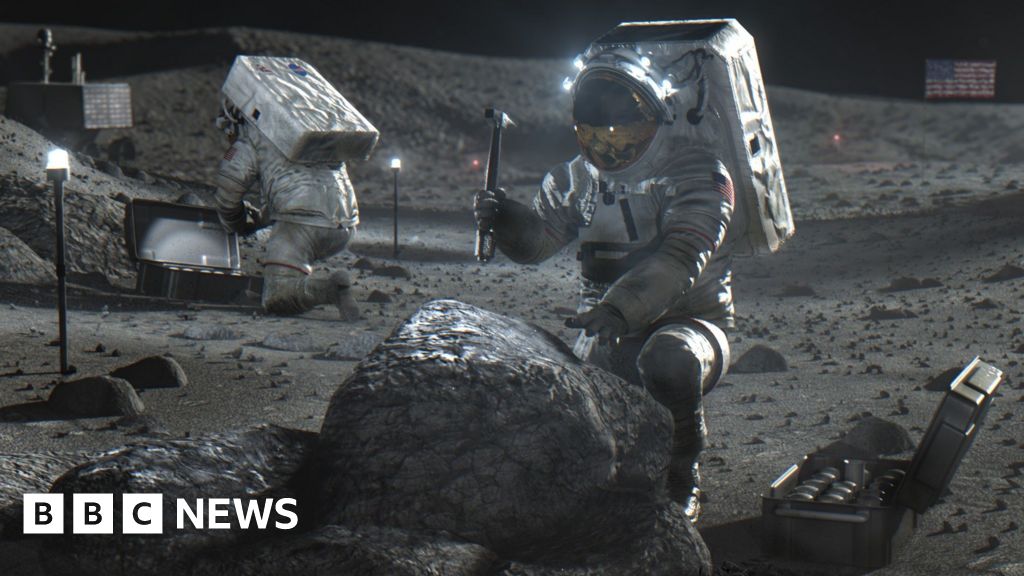Event JSON
{
"id": "1c2a030c0b7401454d3556086cc25ebb2ae8bbfa63b4bd4ddd9834c938b5fc64",
"pubkey": "3b6c0a727e796e363219c1899211e158ae7a5eb75725014a66eb04d9d5cc03ae",
"created_at": 1737677508,
"kind": 1,
"tags": [
[
"r",
"https://www.bbc.com/news/articles/cd7nr8wv5r9o"
],
[
"subject",
"How to make oxygen on the moon"
],
[
"published_at",
"1737676930"
],
[
"image",
"https://ichef.bbci.co.uk/news/1024/branded_news/75ae/live/717c86e0-d967-11ef-902e-cf9b84dc1357.jpg"
],
[
"p",
"3b6c0a727e796e363219c1899211e158ae7a5eb75725014a66eb04d9d5cc03ae",
"wss://relay-testnet.k8s.layer3.news"
],
[
"imeta",
"url https://ichef.bbci.co.uk/news/1024/branded_news/75ae/live/717c86e0-d967-11ef-902e-cf9b84dc1357.jpg"
],
[
"t",
"technology:perspective"
],
[
"summary",
"The technology, which involves heating the regolith to high temperatures and adding reactants, has been tested in a vacuum chamber at NASA's Johnson Space Center. The team is working to improve the system's ability to cope with the abrasive texture of the regolith and the low gravity of the moon. The goal is to provide a sustainable source of oxygen for astronauts living on a future lunar base, as well as for rocket fuel and other purposes."
]
],
"content": "nostr:nprofile1qy3hwumn8ghj7un9d3shjtt5v4ehgmn9wshxkwrn9ekxz7t9wgejumn9waesqgpmds98ylnedcmryxwp3xfprc2c4ea9ad6hy5q55ehtqnvatnqr4cud4d20\nhttps://ichef.bbci.co.uk/news/1024/branded_news/75ae/live/717c86e0-d967-11ef-902e-cf9b84dc1357.jpg\nEngineers are working on systems that can turn lunar regolith into useful elements like oxygen.\nhttps://www.bbc.com/news/articles/cd7nr8wv5r9o",
"sig": "6c33dc7c3012aa0289a04245d7c650a87e06a12aa36f3c5d8a444588098b15b50ab6d107626816bfb431683bfc1efa442de9b02d39d6ba254b9bf883198e414f"
}


